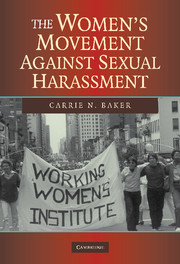Research on sexual harassment in the workplace is extensive, yet research on sexual harassment in housing is extremely limited. In this study, the author qualitatively analyzes 60 cases of sexual harassment in rental housing to expand on recent research addressing this topic by examining the forms and processes of housing-related sexual harassment in more detail, with a particular focus on class and race. This study reveals that sexual coercion is the most common form of sexual harassment for women in housing. It also demonstrates the intersections of race, gender, and class in shaping this harassment. Landlords used their institutional authority in the housing context and racialized gender stereotypes to exploit tenants’ economic vulnerabilities and sexually coerce them. Landlords also used these strategies to defend themselves against complaints of harassment.
Tester, G. (2008). An Intersectional Analysis of Sexual Harassment in Housing. Gender & Society, 22(3), 349–366. https://doi.org/10.1177/0891243208317827


